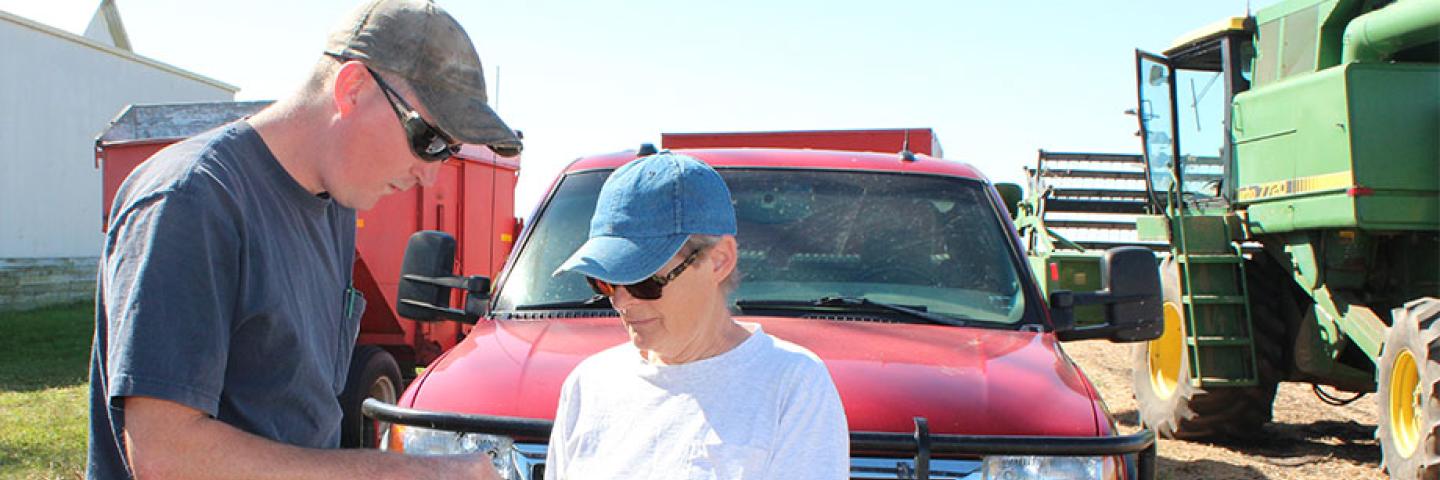
Jaci Davis returns to her family farm and works to rejuvenate the soil while making the transition into organic.
Jaci Davis grew up in a farm family in what locals call “Dog Town” in northeastern Champaign County, Illinois. Her parents rented farm ground and crop shared using common rotations of corn, beans, oats, and hay. They had a beef cow/calf herd and farrowed and fattened out hogs, sold lots of eggs, and had the proverbial milk cow. This was the farm life Jaci knew until she and her brother went away to college.
According to Jaci, “Compared to today’s expectations, we grew up poor. We had electricity, but no indoor bathroom. It was the same for most everyone else in the community.” Jaci had chores that primarily involved caring for animals. Seldom did she drive tractors in active field work, but she did walk a lot of beans and corn. “My fondest memories are of the times my Dad, brother, and I had working on some project. We would sing, joke, laugh, and I would practice my multiplication tables.”
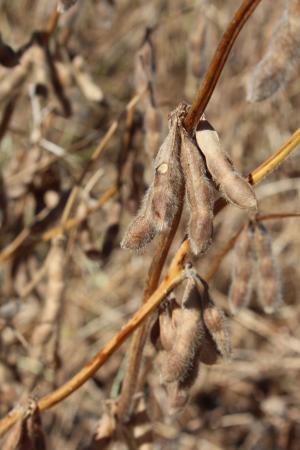
In 1962, while Jaci was in college studying to become a Medical Technologist, her parents bought 160 acres in Ford County. She continued her close ties to the family farm, whether it was fixing dinner and lunches to take to the field, helping with veterinary calls to care for the animals, or loading straw bales and hauling them back in the barn. There was always farm work to be done.
When Jaci’s Father retired, they cash rented out the farm to tenants who used conventional farming practices. In 2010 after the passing of her parents, Jaci was able to buy her brother’s half of the farm and soon moved into the 150 (plus) year-old house. “I felt like I was finally home after many years of living and working all over the country,” Jaci said.
When asked what she really wanted to do with the farm, Jaci smiles. “You’re afraid to even say the word ‘organic,’ but that’s what I wanted. My goal was to get away from all the chemicals and rejuvenate the soil. But the word organic was practically taboo around here.”
From what Jaci could tell, the soil on her Dad’s farm need to be rejuvenated. And so began her self-education in soil health, organic farming, no-till, and using a more natural approach with less monolithic Ag production techniques. She started reading books, attending meetings and field days. She learned about popular trends and proven practices that were headed precisely where she wanted to go. The popularity of healthy and fresh food, growing consumer demand for organic products, and a new emphasis on local food was everywhere. It was the right time to do this. Natural Resources Conservation Service USDA is an equal opportunity provider, employer, and lender.
The other half of Jaci’s story starts about ten miles away on Jeff and Rita Glazik’s farm near Paxton, Illinois. Cow Creek Organic Farm specializes in organic grain and seed production as well as grass-fed beef. Their 26-year old son, Will, loves to farm. He currently works as a BCS Soil Fertility and Pest Management Consultant, has an Agronomy degree from the University of Illinois, and is raring to go. But Will’s Father won’t be ready to turn the reigns over to him for another 15 to 20 years. ‘I figured I’d be 40 years old before I’d get the chance to farm on my own and do all the things I wanted to do,” said Will. He figured wrong.
One day, Will attends a cover crop field day near Rantoul, Illinois where he bumps into a lady landowner who starts asking a lot of questions. “She’s throwing out all these ideas and questions about organic crops, and, well, we just hit it off,” Glazik explains.
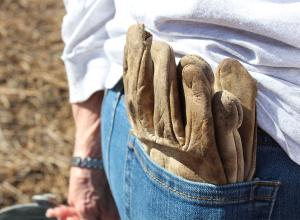
“I’ll never forget it. It was June 20th, 2014. And we figured out that Will’s family farmed within a couple of miles where I grew up and that our families knew each other back several generations. It was pure fate that we should be at the same meeting,” Jaci explains.
Will was working at a crop services company as well as helping his Dad farm, but soon he and Jaci decided to work together and farm her land. She needed a farmer to transition into an organic operation and he needed a landowner who was open to try sustainable soil rejuvenating practices. It was a perfect partnership.
“Between Will’s family, his Ag contacts and networks, he knows everybody! So I wasn’t lost and on my own anymore. I wasn’t some lady farmer who’s an organic wannabe, or some interloper doing crazy things. We had a plan. And now I had someone to go meetings to with, a partner to talk to and ask questions and bounce ideas off. It was exactly what I needed,” Jaci explains.
Their goal was simple: Keep a living root in the ground—every acre, all year long. Besides organic, no-till is the other half of the equation. The weed and erosion control as well as the increase in organic matter all fit in with use of cover crops and no-till management practices.
“We both come up with ideas and collaborate and challenge each other,” Will says. “This is such a huge opportunity for me. I’m a 25-year old who is farming quality ground. I’m doing experiments and research and working with a lot of great Ag partners. I’m getting experience and learning things every single day. I’m having a blast!”
With their first harvest behind them, “J&W Organic Farms” is off and the transition to organic is well underway. They learned many valuable lessons in 2016, including broadcast planting of Orchard grass, which was not such a great decision and use of a home-made crimper that did not completely knock out the rye cover crop as intended. They have already invested in a new crimper and will be ready for next year.
This growing season, Jaci had many strangers visit her farm to watch and investigate activity in her organic fields. Will invites local farmers, University folks, family and friends—all anxious to see, and Will to show off—their different plots, experiments, crops, and covers they are using. “We’ve only just started and we’ve already seen results in lower soil temperatures and far-reaching soybean roots with great nodule growth in between our 30-inch rows,” says Will. “Our successes have convinced other Ford County farmers to explore cover crops on about 3,000 acres to date.”
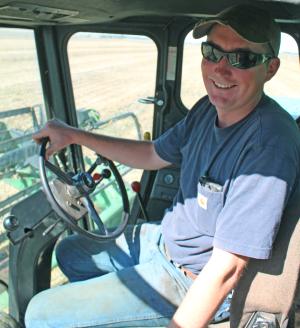
Although the farm won’t be certified Organic until the fall of 2018, Will and Jaci test out different seeds, planting equipment, cover crop species mixes, and termination techniques. They have initiated discussions with the local Natural Resources Conservation Service (NRCS) team and their long-term (and ever-changing) conservation plan is in the works.
“To start with, we’ll apply for NRCS’ Environmental Quality Incentives Program to put in some 30-foot buffers on three sides of the farm to help protect our crops from chemical drift and winds. The north side buffers will include special habitat for pollinators,” Jaci explains. “There are so many things we want to do and NRCS is there and ready to work with us to make it happen.”
With October winding down now, Jaci drives the roads of Ford and Champaign Counties. She sees many manicured, tilled up, and traditional farms along her way. Her farm doesn’t look like that and that’s just the way she wants it. “When everything is so controlled, I have to ask, ‘Where are all the critters? The worms? The Pollinators?’ My organic farm is different by design. We’re creating the right place for all the diverse and microscopic members of our farm crew. They all play a critical part and I need every one of them.”
Want to learn more about J&W Organic Farm or how NRCS programs can help your operation? Visit the Illinois NRCS webpage.
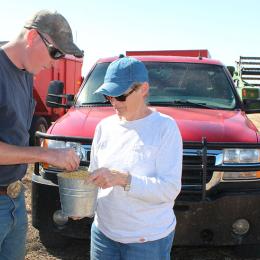
“My goal was to get away from all the chemicals and rejuvenate the soil. But the word organic was practically taboo around here.”

